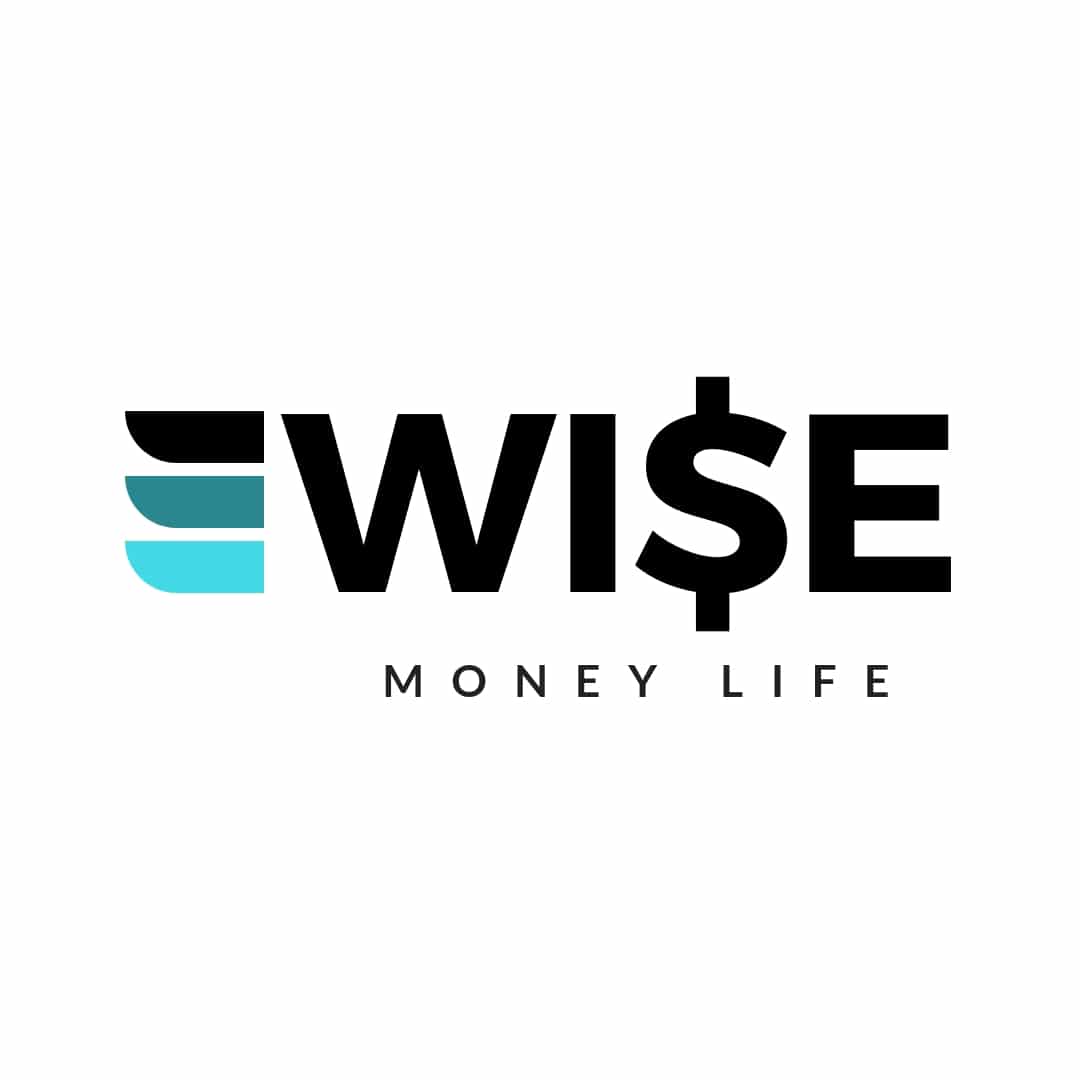Homeowners are often in search of financial solutions that can help them make the most of their largest asset – their home. One such option is the cash-out refinance. At a glance, it seems like a perfect way to tap into your home’s equity for some quick cash. However, as with all financial decisions, it’s crucial to weigh the advantages against the potential drawbacks.
What is a Cash-Out Refinance?
A cash-out refinance lets you restructure your existing mortgage for a more substantial amount, allowing you to take out the difference in cash. For instance, if your home is worth $300,000 and you owe $200,000 on your mortgage, you could potentially refinance for $250,000 and receive $50,000 in cash.
But how much can you actually borrow? Lenders typically let you tap into 80-85% of your home’s value. But remember, they’ll want you to keep 15-20% equity in your home post-refinance.
Check eligibility on WiseMoneyLife.com
The Bright Side: Pros of a Cash-Out Refinance
- Instant Access to Cash: The main draw of a cash-out refinance is the ability to get a significant sum of money. Think of it as borrowing from your future self.
- Stable Payments: Many homeowners prefer the predictable monthly payments of a 30-year fixed-rate mortgage over the variable rates of home equity lines of credit (HELOCs).
- Enhancing Home Value: Investing in home improvements like a kitchen or bathroom remodel can not only enhance your living experience but also bump up your property’s value.
- Tax Perks: Using the cash to upgrade your home? You might be able to deduct the interest on your taxes. Plus, these improvements can also reduce potential capital gains tax when selling.
- Lower Interest Rates: Compared to credit cards or personal loans, a refinance often provides more favorable interest rates, helping you save in the long run.
- Credit Score Boost: By consolidating high-interest credit card debt, you can potentially improve your credit score by lowering your credit utilization.
The Flip Side: Cons of a Cash-Out Refinance
- Increased Debt: A cash-out refinance means you’ll owe more on your home. It’s essential to ensure that the extra funds won’t become a financial strain.
- Closing Costs: Refinancing isn’t free. The costs, including credit checks and appraisals, can amount to 2-4% of the loan, which can add up quickly.
- Foreclosure Risks: Since your home secures the mortgage, any inability to keep up with payments might lead to foreclosure.
- Potential Debt Trap: Using the money to clear credit card debt? Ensure you don’t fall back into old spending habits, or you may end up with more debt than before.
Is a Cash-Out Refinance for You?
This option might suit those looking to use the funds for home upgrades or to consolidate debt. However, if you have a lower credit score or plan to sell your home soon, it might not be the best choice.
Also, if the potential closing costs are too steep or if the interest rate is considerably higher than your current mortgage, it’s worth reconsidering.
Other Options to Consider
If a cash-out refinance doesn’t seem right, consider home equity loans or HELOCs. Both allow you to borrow against your home equity but have their own sets of pros and cons.
Final Thoughts
A cash-out refinance can be a strategic move to fund home renovations or reduce high-interest debt. But as always, it’s essential to evaluate your financial situation, consider all the factors, and consult with a financial advisor to make the best decision.









Reader Interactions